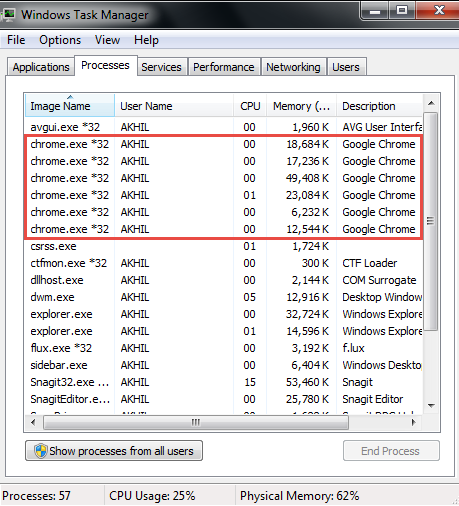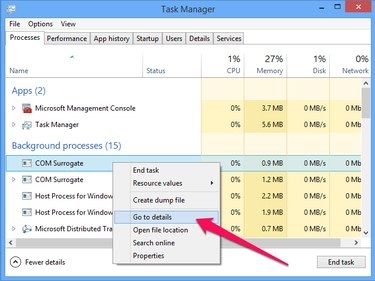
- HOW TO FIND TASK MANAGER ON MY COMPUTER WINDOWS 10
- HOW TO FIND TASK MANAGER ON MY COMPUTER WINDOWS 7
This means that the display is sorted in ascending order by image name. Note the small up-arrow that is shown in the middle of the Image Name column header. The Show Processes from All Users button controls which processes you see in the dialog box-only those of a single user or those from all users. (The exact wording for the columns will vary depending on your version of Windows.) You can choose which columns to display by pulling down the View menu and selecting them. The above figures show each process's Name, Status, CPU, Memory, and more.

You have to scroll horizontally to see them, but there are dozens of available columns of information.
HOW TO FIND TASK MANAGER ON MY COMPUTER WINDOWS 10
Windows 10 Task Manager's Processes tab.įigure 2.
HOW TO FIND TASK MANAGER ON MY COMPUTER WINDOWS 7
To get a better look, in Windows 7 click the Processes tab, in Windows 10 click the More Details link at the bottom of the Task Manager dialog box: (See Figure 2.) (See Figure 3.)įigure 3. There is much more going on, though, than these open windows. In this case, we see the Applications tab, which shows the titles of the currently opened windows. When Task Manager is invoked, it starts on the tab it was on when it was previously closed. The Windows 7 Task Manager dialog box.Īt the outset, you can see by looking at the bottom of the dialog box that there are currently 48 processes running, that they're using 0% of the CPU, and that they're consuming 43% of physical memory. The Task Manager dialog box looks slightly different depending on your version of Windows. Regardless of how you start the program, the Windows Task Manager dialog box appears. Press Ctrl+Alt+Delete and select Start Task Manager from the resulting screen.Right-click the Taskbar and select Start Task Manager from the Context menu.You can invoke the Task Manager by using one of these methods: It runs at a higher priority than normal applications, and it has sufficient privilege to view and control the system's running processes. The Services tab has been prettied up and now includes an option to quickly restart services.The Task Manager is a handy utility that gives you a bird's-eye view of what's going on with your system. (CPU affinity determines which CPU a process runs on, if your system has multiple CPUs or a CPU with multiple cores.) It exposes exposes advanced options not found on other tabs, including process priority and CPU affinity. It doesn’t have a pretty interface – although application icons have been added. The Details tab is the evolution of the old Processes tab on previous versions of Windows. You can expand a user’s name to view that user’s processes. The Users tab breaks down your system’s resource usage by user account. Windows also measures just how long each application is delaying your startup, so you can make informed decisions. Windows finally has a way to easily disable startup programs. The Startup tab shows the applications that automatically start with your computer.

The “App history” tab shows how much CPU time and network bandwidth each Metro app has used, so you can identify the resource hogs.

The Processes tab only shows each process’s current resource usage. It hasn’t been updated in Windows 8, but it shows even more information than the Task Manager does. You can still open the Resource Monitor application in one click.


 0 kommentar(er)
0 kommentar(er)
